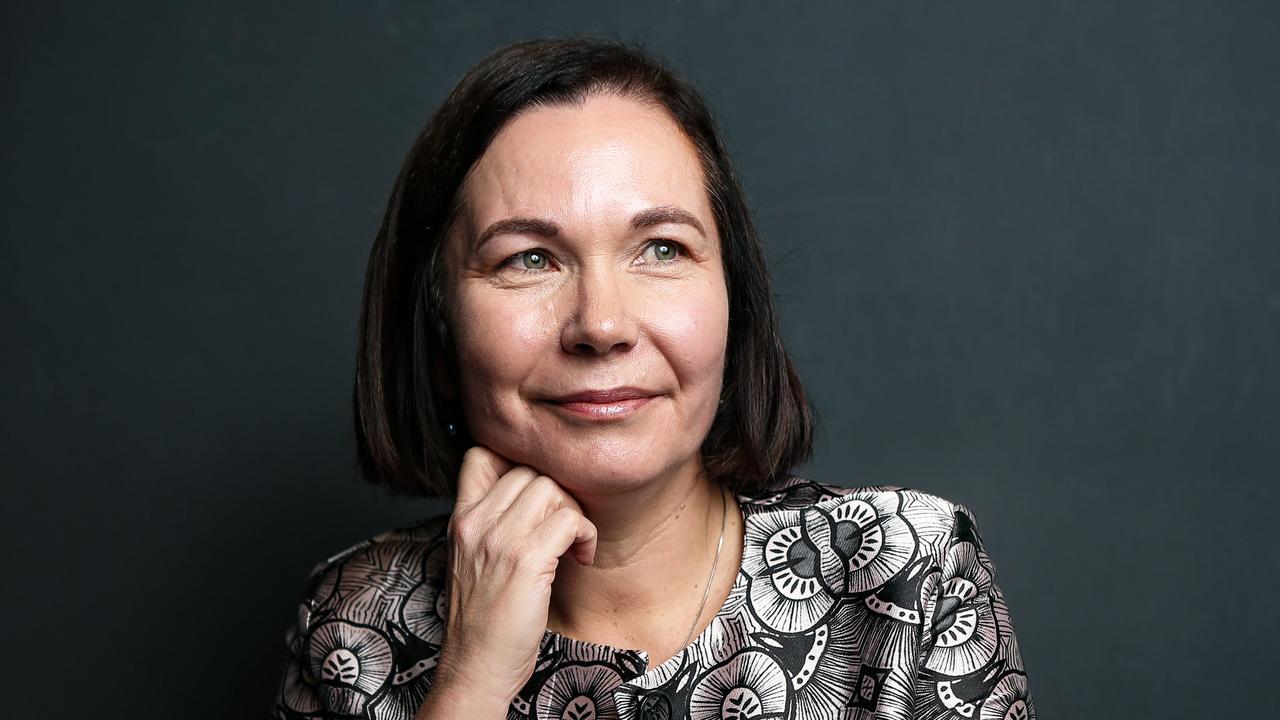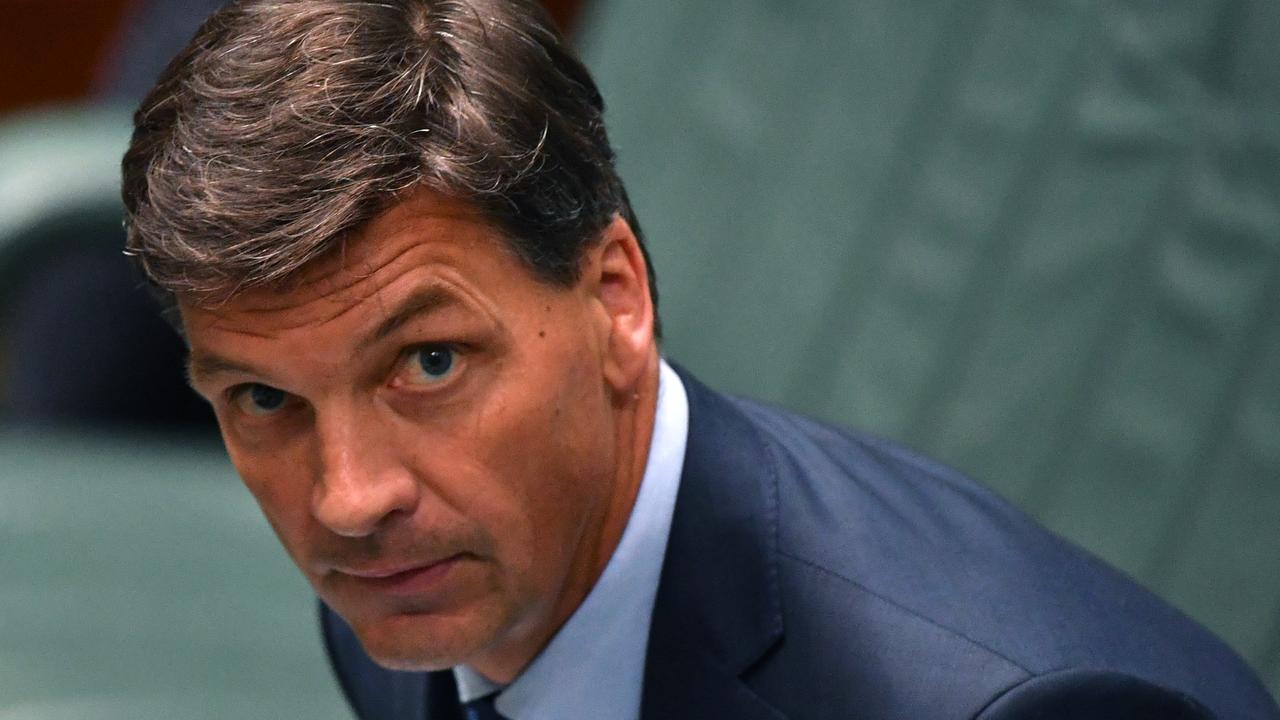Blame game on care of elderly
Tens of thousands of cases of abuse and neglect will be revealed at the aged-care royal commission when it opens this Friday.

Tens of thousands of cases of abuse, neglect and substandard care will be revealed at the aged-care royal commission when it opens this Friday as a blame game erupts between doctors and nursing homes over the prescription of antipsychotics for chemical restraint.
The Australian can reveal the largest aged-care providers in the country have already self-reported incidents of “substandard care” at each of their services for the past five years after a data request by commissioners Richard Tracey and Lynelle Briggs with between 20,000 and 30,000 separate entries ranging from mild to severe.
Smaller providers have been given a deadline of February 8 to respond and were warned the commission could compel them to give information if it was not given up willingly.
Aged-care organisations and medical professionals are already preparing for the spotlight to be turned on clinical issues, the overuse of chemical restraints and who should take responsibility.
Anti-psychotics are sometimes necessary in an aged-care setting but some studies in Australia show as many as 80 per cent of residents with dementia are on strong and enduring doses of drugs such as risperidone or olanzapine, which have sedative effects and are used to “manage” the behaviours of older people.
The drugs have been linked to increases in strokes, falls and death.
HammondCare chief executive Stephen Judd told The Australian that any spotlight on the subject meant “it will be up to the medical profession to stand up and be accountable for its members’ prescribing practices”.
“And that doesn’t start in residential care on the day a resident enters a service,” he said. “Rather, individuals often come in with their list of meds, some of which have been inappropriately prescribed.”
Another aged-care boss, who did not wish to be named, said it was “complete bullshit” that doctors blamed aged-care staff for twisting their arms.
Australian Medical Association president Tony Bartone rejected the claims yesterday, saying residents were being doped up because nursing homes could not handle them. “This is an ongoing issue and clearly it is a specialised area but it is … often the result of poorly trained or inadequate numbers of staff in the nursing home,” he said.
“There are occasions when you do need to resort to it, but it should be a last resort. Usually, however, residential care homes just do not have the number of personnel required for the intensity of the patient.”
Catholic Health Australia chief executive Suzanne Greenwood said it was not appropriate to put the spotlight on doctors specifically, but “it is the case that the use of chemical restraint and antipsychotics requires a prescription from a qualified medical professional”.
“It is important to include them in the opportunity to respond to the royal commission, as use of chemical restraints and antipsychotics should be a last resort,” she said.
Providers are preparing to spend tens of millions of dollars complying with royal commission processes and an expected avalanche of information requests, establishing “war rooms” on the advice of financial service industry bosses who recently finished their own supercharged inquiry. Organisations have set up dedicated and central teams with between 10 and 20 staff.
When Scott Morrison announced the highest form of inquiry for the $17 billion-a-year sector in September, he warned Australians to “brace ourselves for some pretty bruising information about the way our loved ones have been treated”.
Last year, a 36-year-old carer pleaded guilty to two counts of common assault on an 82-year-old resident of Bupa Seaforth with the violence caught on a hidden camera over four days.
Earlier this month, a 48-year-old woman was charged with assaulting five residents at the Warrigal Community Village in Warilla where she worked.
The AMA will be making a submission to the commission which calls for minimum staffing ratios and qualifications per resident — depending on their individual needs — but Dr Bartone declined to put a number on what those ratios might look like.
“We will be a major contributor to the commission,” he said.
The issue of staff ratios is vexed — providers and even some consumer groups say they are inflexible — but the author of the Coalition’s report into workforce issues in the sector, John Pollaers, lent his name to a statement weeks after it was released urging “legislated minimum staffing ratios”.
Ms Greenwood said CHA had been invited to submit a witness statement by January 31.
“We must respond in innovative ways to address the scourge of loneliness, experienced by loved ones in aged care, and its impact on physical and emotional wellbeing,” she said.
She also said a “national conversation” was needed about asking people to pay more for their care, but only where they received increased choice, control and quality.
The data requested by the commission is to be given under different categories including “dignity”, which covers loneliness and isolation.
Leading Age Services Australia chief executive Sean Rooney told The Australian people deserved to be able to tell their stories about how the system had failed them, but the broader commission terms of reference would focus on how that system should change.
“We have seen this continuing trend of financial pressure, particularly in residential care, and that’s across for-profit, not-for-profit providers, big and small,” he said.
“The system settings and funding have not kept pace with the growing volume, but also the complexity of care, and the needs and expectations of residents and their families.”
Independent industry accountants Stewart Brown have identified more than 40 per cent of all services currently have a negative trading profit (earnings before tax) as it has charted subsidy falls through the Aged Care Funding Instrument changes that saved $1.2 billion from 2016.
“There is no doubt, you’ve already got many of the operators in the industry experiencing financial pressure and they are having to redirect resources to this process and also continue their core business of caring for older Australians, so this adds another layer to that pressure,” Mr Rooney said.
“However, aged care is an issue of national importance.
“We must all take this once-in-a-generation opportunity to get it right.”


